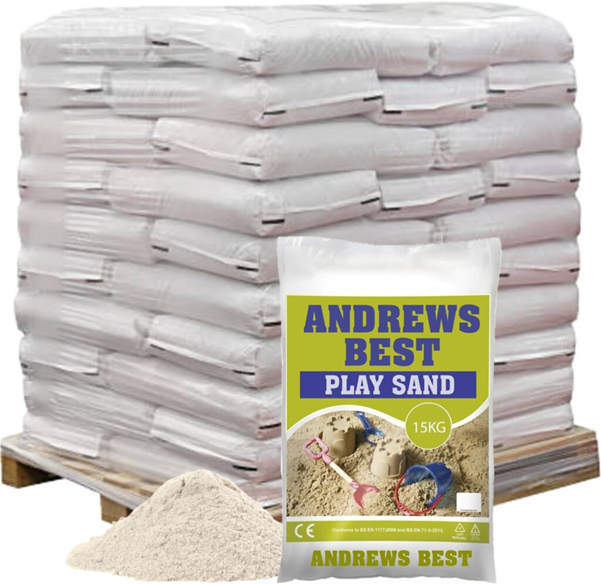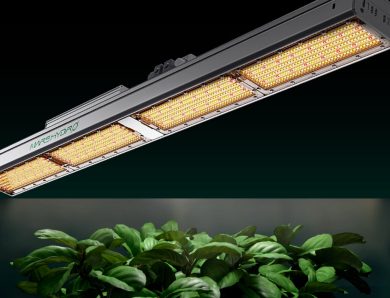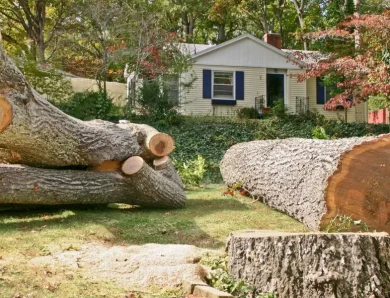
Sandbags as Sustainable Building Materials in Construction Projects
In the quest for more sustainable building practices, construction and architectural fields are constantly exploring innovative materials and methods that balance environmental responsibility with structural integrity and design versatility. Among the myriad of options available today, one humble material stands out for its simplicity, efficiency, and sustainability: the sandbag. Traditionally associated with flood control and military fortifications, sandbags are carving out a niche as a viable, eco-friendly solution in construction projects around the world.
The Sustainability of Sandbags
Sandbags, typically made from burlap or polypropylene, are filled with sand, a resource abundant in most parts of the world. The appeal of sand as a construction material lies not only in its availability but also in its low impact on the environment, especially when sourced responsibly. Unlike concrete and steel, which require significant energy and resources to produce and transport, sandbags have a comparatively minimal environmental footprint. Moreover, when burlap, a biodegradable material, is used for the bags, the overall sustainability of the construction material is enhanced.
Construction Applications
The use of sandbags in construction is diverse, ranging from temporary structures and foundations to permanent homes and community buildings. One of the most notable applications is in the creation of eco-friendly homes, where sandbags are stacked and compacted to form walls. These walls are then plastered with clay, lime, or cement to protect against the elements and to provide structural stability. The thermal mass properties of sand make these buildings highly energy efficient, maintaining a stable interior temperature regardless of external weather conditions.
Benefits and Advantages
The benefits of using sandbags in construction extend beyond their environmental impact. Economically, they offer a cost-effective alternative to traditional building materials, particularly in areas where sand is readily available. The simplicity of the construction process also means that building with sandbags can be a community effort, fostering a sense of ownership and collaboration among residents.
From a design perspective, sandbag construction allows for a high degree of flexibility and creativity. The bags can be easily shaped to form curves, arches, and other architectural features, enabling the creation of unique and aesthetically pleasing structures. Additionally, the soundproofing and fire-resistant properties of sandbag walls add to the functional appeal of this construction method.
Challenges and Considerations
Despite the numerous advantages, building with sandbags presents certain challenges that must be addressed. Ensuring the structural integrity of sandbag constructions, particularly in earthquake-prone areas, requires careful design and engineering. Waterproofing is another critical consideration, as moisture can compromise the strength and longevity of sandbag walls if not properly managed.
Moreover, the success of a sandbag construction project depends on the quality of the sand and the bags themselves. Using the wrong type of sand or poorly constructed bags can lead to settling, shifting, and other issues that affect the building’s stability.
Case Studies and Examples
Around the globe, sandbag construction has been successfully implemented in a variety of projects. In South Africa, the Nk’Mip Desert Cultural Centre stands as a testament to the potential of sandbag architecture. Its walls, made from sandbags filled with locally sourced sand, blend seamlessly with the desert landscape while providing excellent thermal performance.
In the United States, the CalEarth Institute has pioneered the use of sandbags in constructing affordable, sustainable homes. Their Superadobe technology, which involves layering sandbags with barbed wire for additional tensile strength, has been applied in numerous humanitarian and community projects worldwide.
Looking Forward
As the construction industry continues to seek sustainable alternatives to traditional building materials, the potential of sandbags is increasingly recognized. Their low cost, environmental benefits, and versatility make them an appealing option for a wide range of construction projects. By addressing the challenges and leveraging the unique advantages of sandbag construction, architects and builders can contribute to a more sustainable, resilient, and inclusive built environment.
In conclusion, the reimagining of sandbags from a basic tool for flood defense to a sustainable building material underscores the innovative spirit of the construction industry. As we face the dual challenges of environmental sustainability and affordable housing, sandbags offer a promising path forward, proving that sometimes the most effective solutions are also the simplest.




